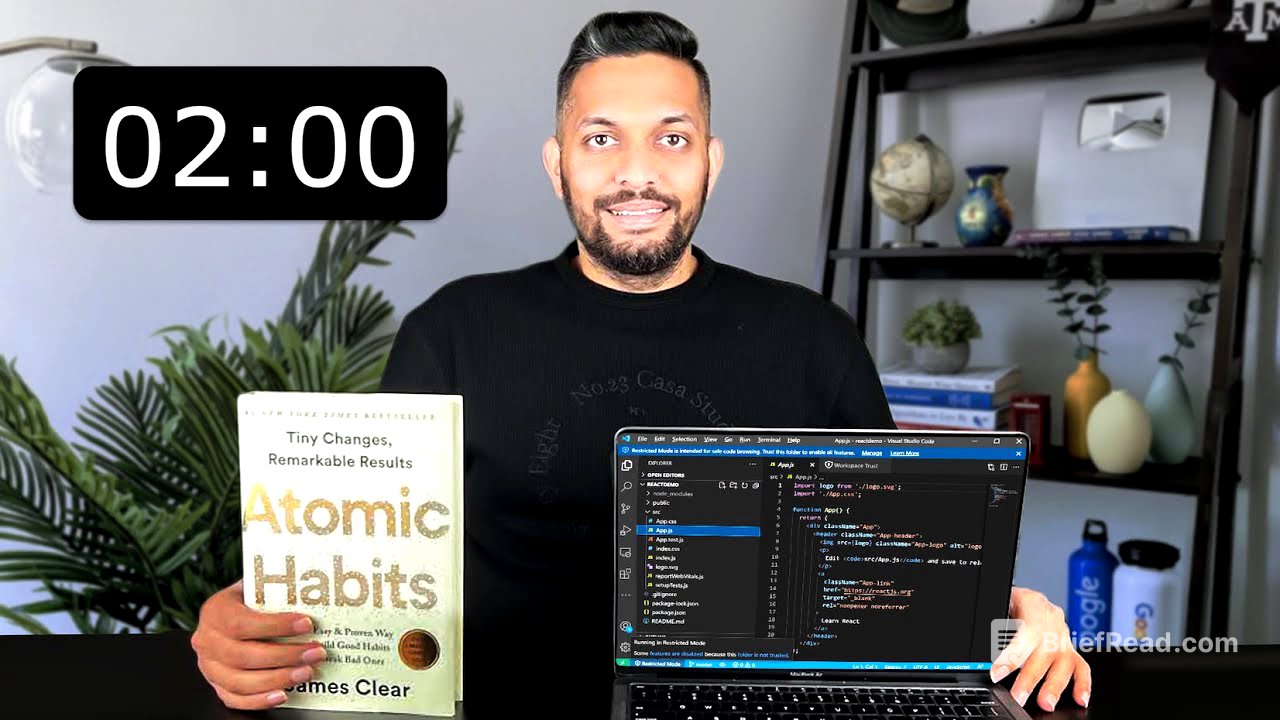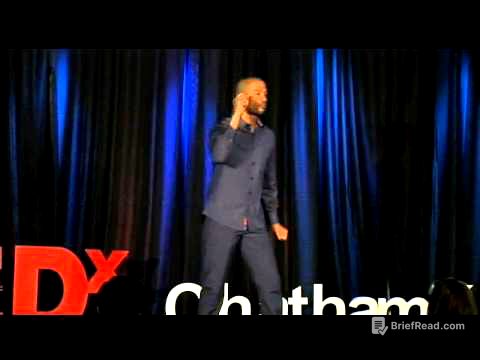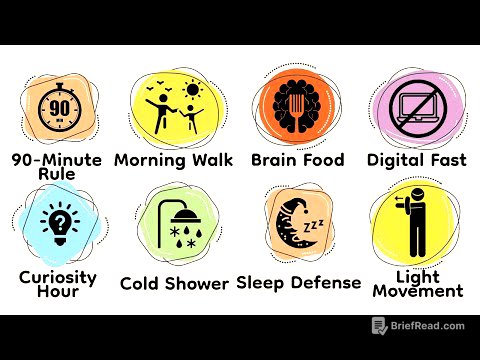TLDR;
This video explains how to build and maintain the habit of learning to code by applying principles from James Clear's "Atomic Habits." It emphasizes the importance of small, incremental changes, understanding the habit loop (Cue, Craving, Response, Reward), and using dopamine to reinforce good habits. The video also covers strategies like implementation intentions, habit stacking, temptation bundling, and the two-minute rule to make learning programming more engaging and sustainable.
- Small changes compound over time, leading to significant results.
- Understanding and manipulating the habit loop is crucial for building good habits.
- Dopamine can be used to reinforce positive behaviors through temptation bundling.
- Implementation intentions and habit stacking provide clarity and structure.
- The two-minute rule makes habit formation less daunting and more sustainable.
Introduction: The Power of Atomic Habits in Learning to Code [0:00]
The video addresses the common problem of starting online coding tutorials but struggling to finish them. It introduces "Atomic Habits" by James Clear as a guide to building the life-changing habit of learning programming. The core idea is that small changes can significantly alter the trajectory of one's life, similar to how a minor adjustment in a plane's flight path can lead to a completely different destination. The key is to take small steps towards the goal of becoming a software engineer every day, rather than expecting revolutionary progress overnight.
The Valley of Disappointment: Why Sticking to Habits Is Hard [1:39]
Sticking to new habits is challenging because improvement isn't always linear. There's often an initial "valley of disappointment" where progress seems non-existent, leading to discouragement and abandonment of the habit. However, the returns for the effort are merely delayed; once this phase is surpassed, learning and skill acquisition accelerate. The video encourages viewers to persevere through this initial phase to reach a point where learning feels natural and rewarding.
Understanding the Habit Loop: Cue, Craving, Response, Reward [2:39]
The video explains the habit loop, which consists of Cue, Craving, Response, and Reward, and how it underlies both good and bad habits. Using the example of phone usage, the cue (phone vibrating) leads to a craving (to see the notification), which results in a response (picking up the phone) and a reward (dopamine release from scrolling). The same loop can be used to build good habits.
Making the Cue Unmissable: Priming Your Environment [3:30]
To build a programming habit, the video suggests making the cue (laptop) unmissable by placing it in a prominent location, such as in the middle of the room or near a gaming chair. This visual cue serves as a constant reminder and can guilt you into starting a programming session. Additionally, the video emphasizes the importance of implementation intentions, which involve specifying when and where the habit will be performed. For example, instead of saying "Tomorrow, I will learn programming," one should say, "Every time the alarm goes off in the morning, I will do a programming lesson for 2 hours on my desk."
Habit Stacking: Linking New Habits to Existing Ones [4:34]
Habit stacking involves attaching a new habit to an existing one to increase the likelihood of sticking to it. For example, "Right after I brush my teeth, I will do a programming lesson for 2 hours on my desk." By linking the desired habit to an already established routine, it becomes easier to remember and integrate into daily life.
The Role of Dopamine: Making Habits Rewarding [5:09]
Dopamine is crucial for motivation, as it drives us to repeat actions that provide a reward. The video references a study where rats without dopamine lost their will to perform essential activities. Dopamine is released during activities like scrolling through Instagram or using drugs, creating cravings that reinforce these behaviors.
Temptation Bundling: Combining Enjoyable Activities with Programming [5:54]
Temptation bundling involves combining a desired habit with an activity that is already enjoyed. The video shares the example of an engineering student who connected his bike to his laptop, allowing him to watch Netflix only if he cycled above a certain speed. Similarly, viewers are encouraged to create a program that tracks coding time and uses it to control access to enjoyable activities like phone usage, directly linking learning programming to a rewarding experience.
The Two-Minute Rule: Starting Small for Long-Term Success [6:56]
The two-minute rule suggests making habit building easy by starting with very small steps. Instead of setting unrealistic goals, focus on doing something for just two minutes each day. For programming, the video recommends doing two exercises a day and encourages viewers to take on a 30-day challenge, tracking their progress and sharing it in the comments.









